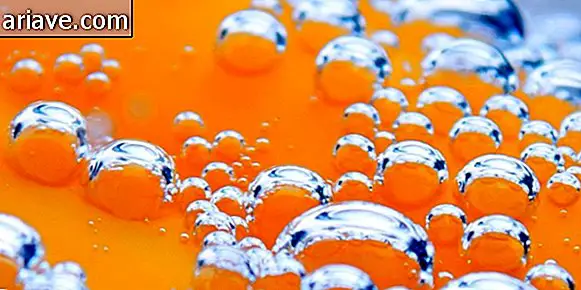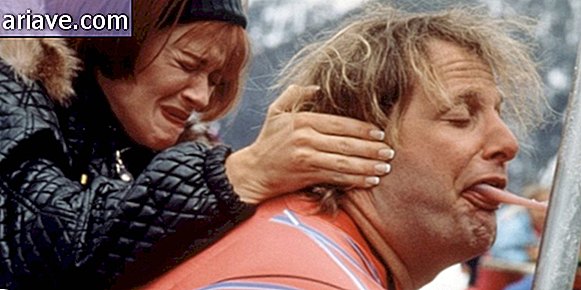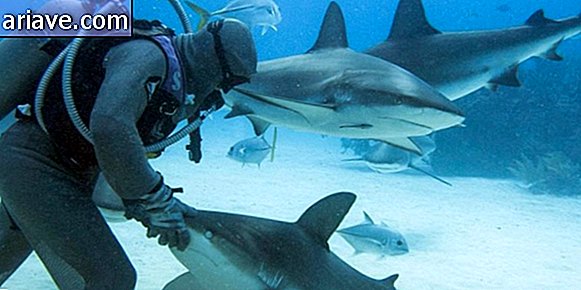Boy survives rare disease thanks to 80% replacement of his skin
Bullous epidermolysis (EB) is a hereditary but non-contagious skin disease characterized by fragility of the skin. The patient's epidermis is detached, causing any type of trauma to form blisters that take months to disappear. The disease has three subtypes, the junctional being the most severe, affecting 5% of EB patients.
This is the case of a 7-year-old Syrian boy named Hassan. He was admitted to a hospital in Germany in 2015 to try to mitigate the effects of the disease, which caused untreated blisters and infection, putting the child at imminent risk of death.
In junctional bullous epidermolysis, in addition to external problems, the patient may have problems in layers within the body. Typically, 40% of carriers die before their first birthday. Hardly patients reach 5 years. So Hassan's case was a race against time.

In Hassan's case, 80% of his skin was already affected by the disease. To try to reverse the process, doctors were able to remove an unaffected piece of skin from his groin, genetically modify it so that the problem would not develop, and cultivate the sample in the laboratory so that new skin would appear.
For 2 months, the cultivated skin was gradually grafted onto the boy's body to replace the affected and infected skin. In February 2016, Hassan was finally discharged from the hospital and now leads a normal life. According to doctors, the boy no longer needs to even take medicine to keep the genetic condition asleep.
The breakthrough technique, designed to replace 80% of the kid's skin, will now be studied by experts around the world to be modified and applied to other EB cases - each disease variant affects a specific gene and caution is required before applying the novelty. on a large scale.












